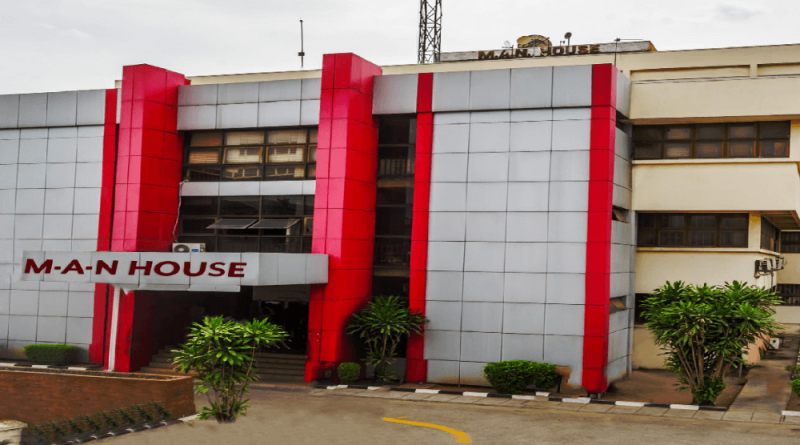49% of manufacturers unable to access FX from official market – MAN
Less than 50 percent of Nigerian manufacturers were unable to access foreign exchange from the official window in the third quarter (Q3) of 2025 despite recent reforms.
According to the latest report by the Manufacturers Association of Nigeria (MAN)’s CEOs Confidence Index (MCCI) released on Tuesday, despite improved rate of forex sourcing, less than 51 percent of manufacturers forex demand was accessed at the official window.
The report noted that high exchange rate and limited liquidity were still major challenges for manufacturers in Africa’s most populous country.
Nigeria had in June 2023 floated the naira to restore investors’ confidence and improve the country’s business environment. Since the bold move, companies no longer waste energy lobbying for scarce official foreign exchange allocations and can instead focus on improving productivity and competitiveness.
Read also: NEPC tasks Aba manufacturers on product standardisation for export
MAN forecast that the Nigerian economy would grow by four percent in 2026 owing to higher oil output and further improvement in fiscal space.
The manufacturers also raised the alarm on the country’s high lending rate of 37 percent and job losses in the economy despite their increased confidence on the economy.
According to them, the high interest rate makes it challenging for manufacturers to access affordable credit, invest in expansion and create new jobs.
The report said that the average lending rate for manufacturers remained at 37 percent in the first nine months of the year despite the Central Bank of Nigeria (CBN’s) lower monetary policy rate (MPR).
The MCCI report shows that the Nigerian manufacturing sector recorded 18,935 job losses in the first half (H1) of 2025, up 74 percent from job losses the industry recorded in second half (H2) of 2024.
“Though lower, alternative energy cost of ₦676.6 billion and raw material import of ₦1.72 trillion in H1 2025 remain heavy burden on operational cost and employment with 18,935 job losses recorded in the same period,” the report said.
“Also, high average lending rates of 36.6 percent, reduction in credit access to ₦7.72 trillion and rising unsold inventories of ₦1.04 trillion continue to limit performance,” the reported noted.
“Overall, the sector’s fragile recovery calls for urgent policy actions to cut energy costs, strengthen FX liquidity and expand affordable credit access to accelerate growth,” it noted.
The aggregate MAN CEO’s Confidence Index also recorded 0.4-point uptick to 50.7 in Q3 2025 from 50.3 points in the second quarter (Q2). However, real output growth dropped from 1.69 percent to 1.6 percent in Q2, contributing a modest 7.81 percent to GDP, down from 9.62 percent.
According to MAN’s Q3 report, current business condition, employment and production level indices recorded improvement due to the continuous disinflation trend and more stable exchange rate.
However, the report said the current production index declined owing to the industrial disputes in the oil and gas sector, which disrupted gas supply, elevated energy cost and constrained manufacturing output.
The projections for business condition, employment condition and production level in the next quarter improved by 1.8 points, 0.1 point and 0.2 point respectively.
The report attributed the increased projections for the three indices to the 50-basis point cut in the benchmark interest rate, suspension of the four percent free-on-board levy and introduction of tax incentives on local sourcing of raw materials.
Read also: Manufacturers call for export policy reforms to unlock AfCFTA potential
It added that the expectation for the presidential assent, implementation of the 30 percent value addition requirement on raw material exports, anticipation that the Nigeria First Policy and forthcoming industrial policy will be private sector–driven as part of the increased manufacturers optimism in their projections.
Segun Ajayi-Kadir, director general, MAN, said that despite the modest gains in the improved manufacturers confidence level in the economy, all current indices remain below the 50-point threshold, indicating that the underlying challenges, particularly high inflation, exchange rates and interest rates, continue to weigh on the sector.

